I’ve Been Building, trust me!
I didn’t go quiet because I ran out of ideas. I went quiet to rebuild the machine. Less noise. More systems. The goal hasn’t changed: ship boring, reliable workflows that beat hustle every day of the week.
Where I’ve been
CRM - The spine
GoHighLevel (newly chosen during this rebuild) now runs,
It’s the operating spine and client management layer for most builds.
Automation layer, upgraded, not new
You already know the stack. I pushed it harder: n8n when I need control/versioning, Make when I need velocity and quick hand-offs.
Tool tests & tactics, what’s actually worth caring about
I didn’t chase shiny apps. I stress-tested what we had, and during the break I chose GoHighLevel as the new spine, then rebuilt around it and used new business knowledge to push it to failure points and fix them.
-
Voice agent (pre-qual + routing).
Answers basic questions, screens by criteria, and routes into the right next step. This gets its own deep dive. -
Text agent across social inboxes (now a client offer).
Connected via GHL’s native FB/IG/Google My Business integrations. One job: qualify against rules and auto-schedule a free strategy call. I use it myself; clients wanted it, so it became a productized add-on. -
Schedulers & team calendars → automation-driven handoffs.
Not “wired to pipelines”—wired to automations. When a task hits done or a project crosses a trigger, the next owner gets an email + SMS with link, context, and due time.
Yes, our internal copy is blunt:
For critical errors I get a ping with flow name + node ID so I can jump straight to the break
Recent n8n logging upgrades made tracebacks much faster
- Social automations (honest status).
Posting is easy; quality isn’t.
Our blocker is trusted sources + classification/categorization.
We’re improving the taxonomy before scaling output.
- Research + cold-call scripts live inside the CRM.
No loose docs. Every asset is- attached to the contact/company. Callers see scripts inline in the dialer.
- All calls are recorded → transcribed (OpenAI Whisper + GHL native, under test) → AI-reviewed for improvement points and clearer buyer needs.
(We’ll show exact flows/screenshots in the follow-ups. Error-alert subject/payload format lands in the next post.)
What changed in my approach
- Custom scrapers → real data, faster. Built per-directory scrapers to avoid blocks and speed capture. One scraper per source for reliability.
- Automated enrichment (n8n + HTTP). Every lead runs through enrichment for company info, socials, contacts, and context. One record, fully armed.
- Rebuilt the entire go-to-cash path. Client acquisition → sales → project management rewritten for clean handoffs and clear “done” definitions.
Operating rules (non-negotiable):
Niche focus
Speak to service-based businesses first; help others as capacity allows.
Manual first
If a process works by hand and makes money, then automate it.
Bottleneck-first
Fix speed-to-lead before anything else.
Data discipline
Standardized forms for client interviews, pre-qualification, project management, and project updates, so automation isn’t guessing.
Minimal > maximal
Ship the 3-step flow that never fails; kill 12-step Rube Goldberg builds.
Guardrails for AI
Strict prompts, tool limits, and KB retrieval. No KB = no answer.
Assistants I actually use, as a flow (manual → SOP → automate)
Manual first. I test everything by hand. No new process “because automation.” If it works and repeats, then we scale it.
Step 1 — Team Psychological Profiler
We brought in an “internal psychologist.” The team ran through business-oriented questionnaires (screenshots later). Outcome: better task alignment, clearer roles, cleaner handoffs.
Step 2 — SOP Generator
If a process works, we lock it into an SOP so anyone can follow. If the task burns > 2 hours/day, we scope automation. Frequency drives priority—nothing else.
Step 3 — Targeted Audience Researcher
While niching, this agent merged our goals/vision with real market placement. It maps accounts, roles, and talk tracks so we’re not shouting into the void.
Step 4 — Pain Point Researcher
Plain English: find the headaches our ICP actually pays to solve.
Feeds Step 5.
Step 5 — Lead Magnet Builder
Builds value assets straight from Steps 3–4 (not fluff). Practical, specific, downloadable.
Trend-Based Prompt Generator (bonus)
Not a step—more like a gym break. We built goofy prompts (e.g., “mom’s prompt”) to decompress during the grind. Fun, sometimes surprisingly useful.
Net effect: tighter roles, repeatable procedures, and automations that only exist where they pay back.
Next article
Speed-to-Lead Playbook: Voice + Text Agents That Book Calls
Angle: the exact flows for the voice pre-qual and the cross-inbox text agent (GHL native FB/IG/WhatsApp), including:
- qualification rules → calendar booking,
- error alerts (subject/payload with flow name + node ID),
- transcript pipeline (OpenAI Whisper vs GHL native),
- handoff notifications (email + SMS),
- what’s not working yet (social source trust/classification) and how we’re fixing it.
Want the prompts + KB structure we use? They’re in the follow-up post.
In case you missed it
Klap.app review — how we turn long videos into platform-ready shorts the same day READ NOW!
In case you are new
101: What is Automation? READ NOW!

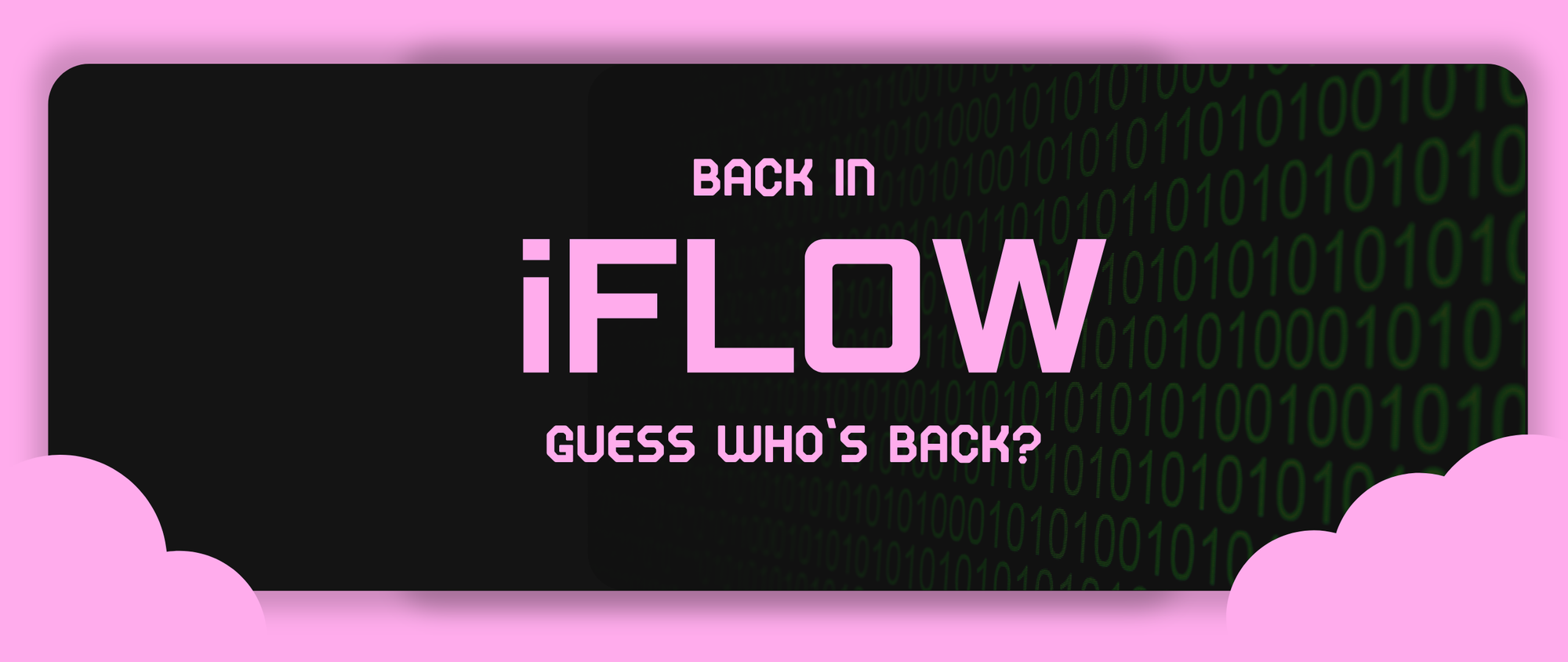
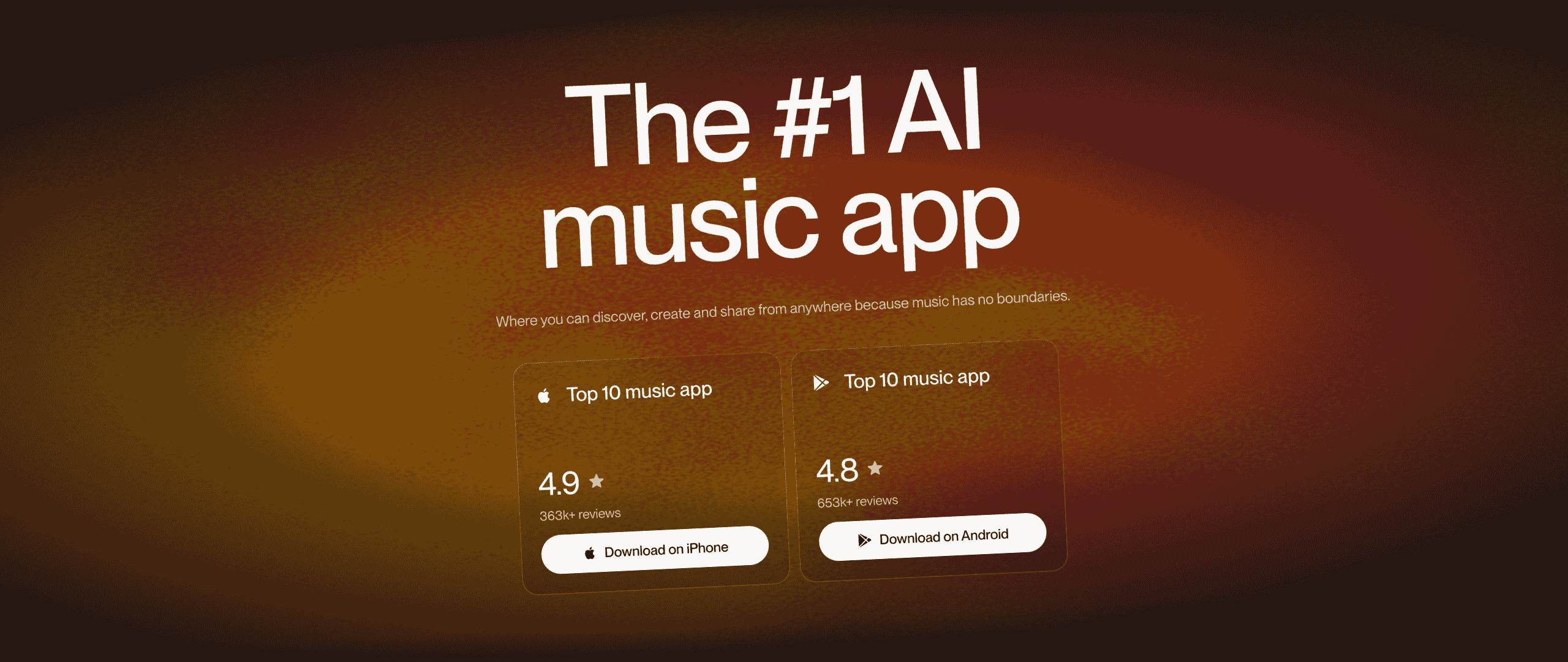

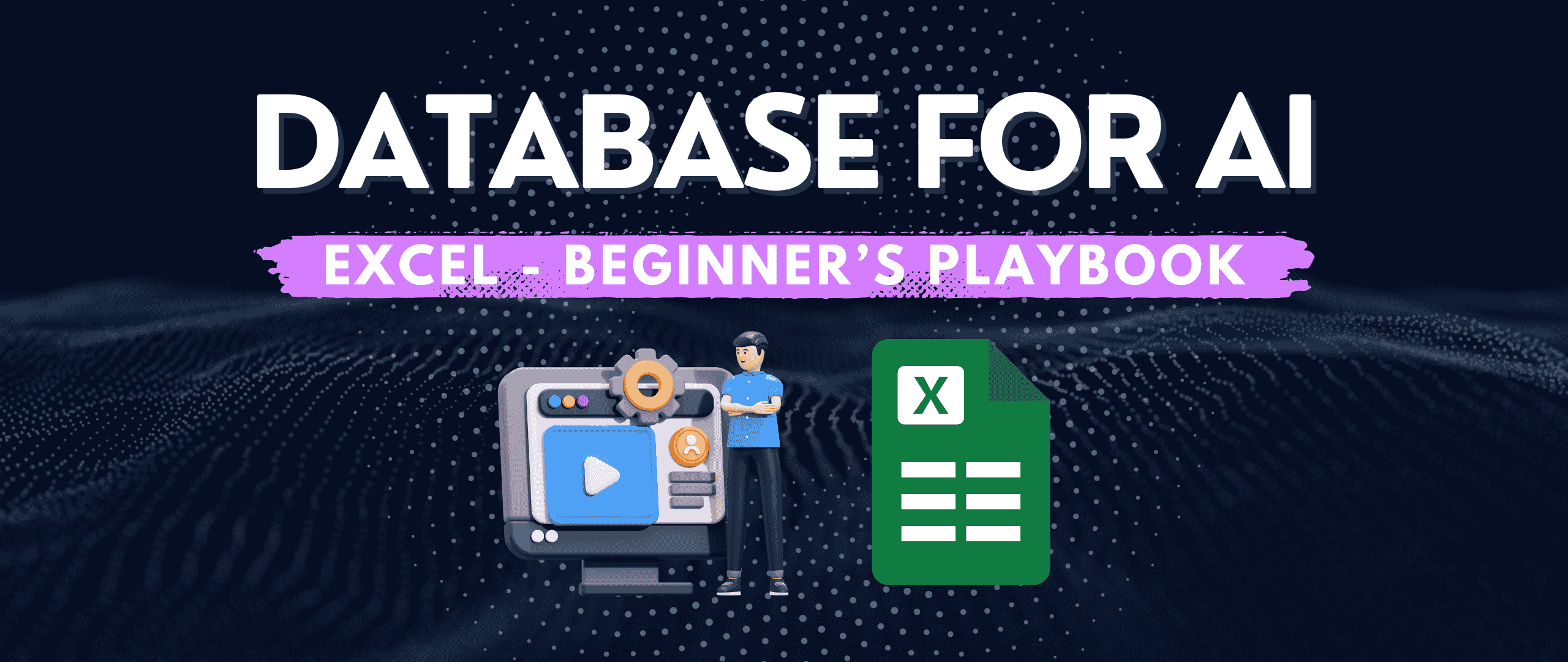



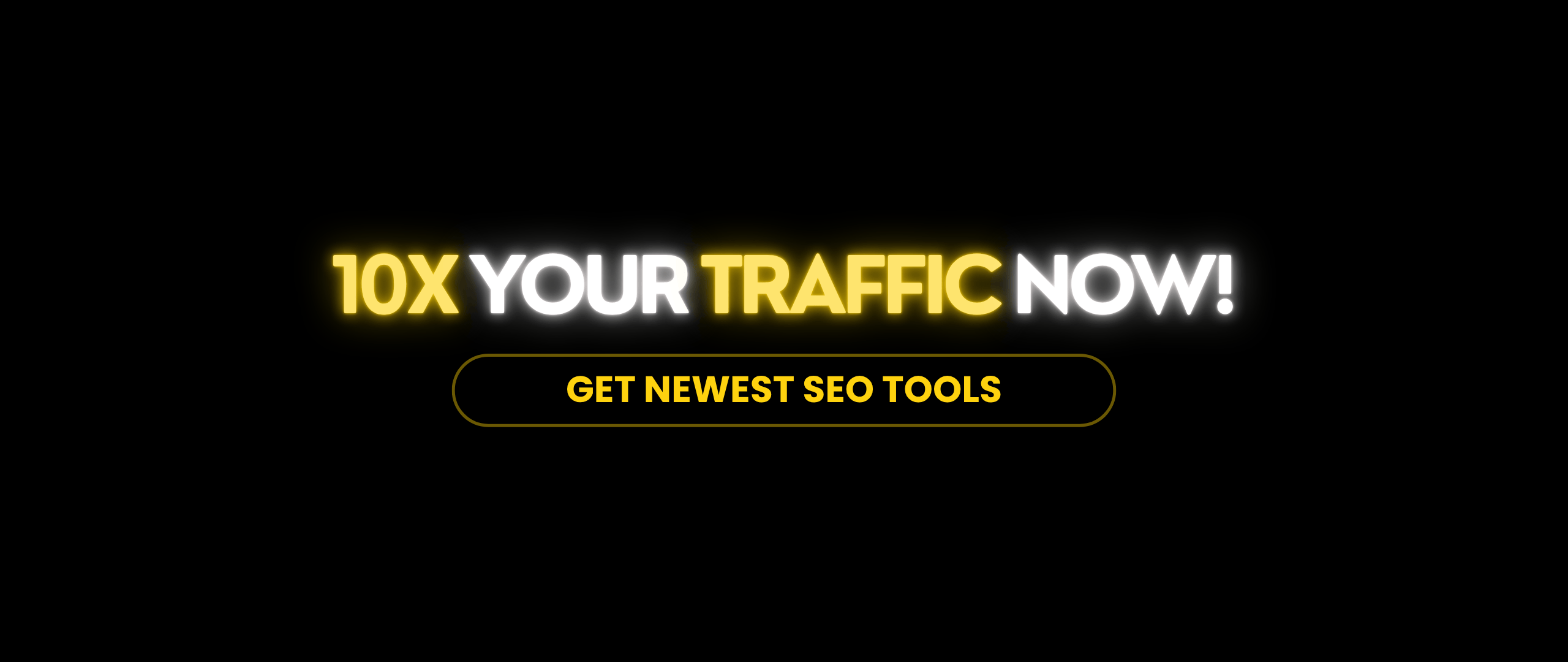
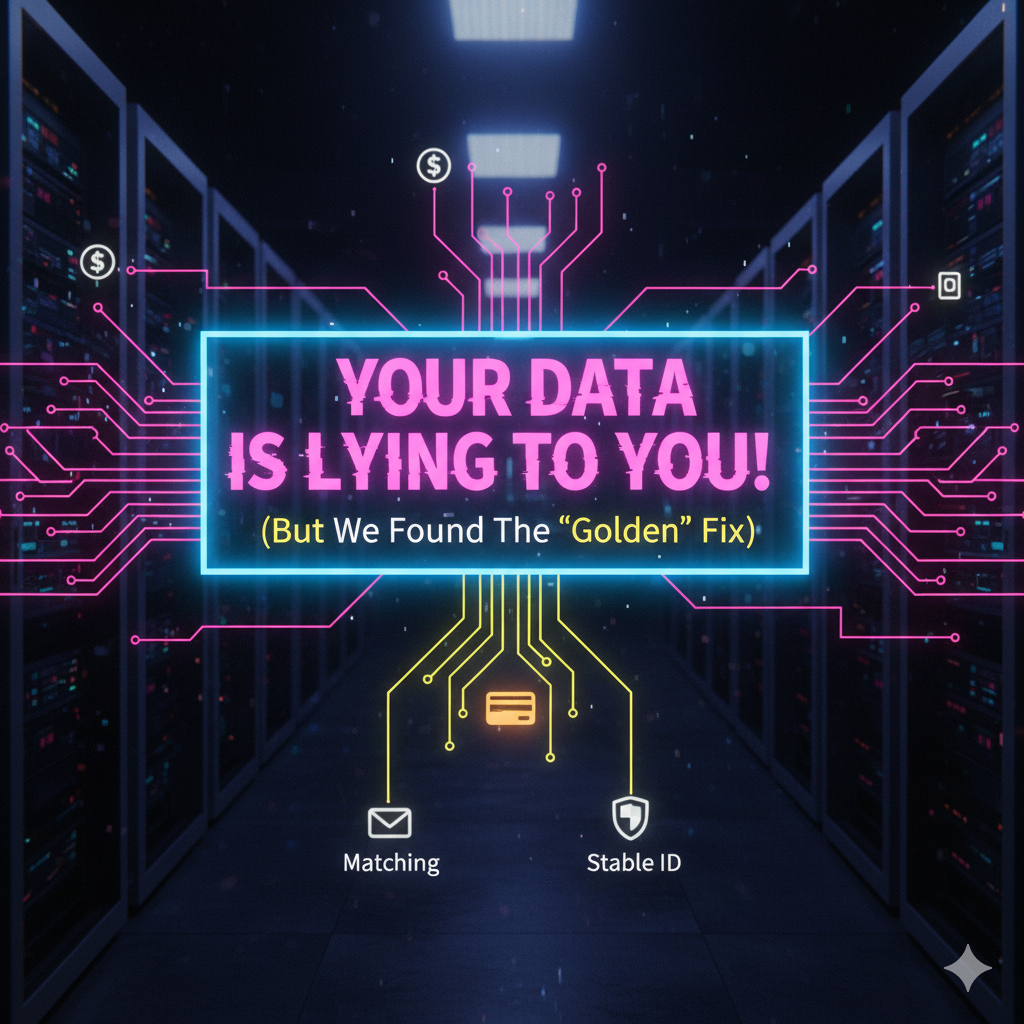
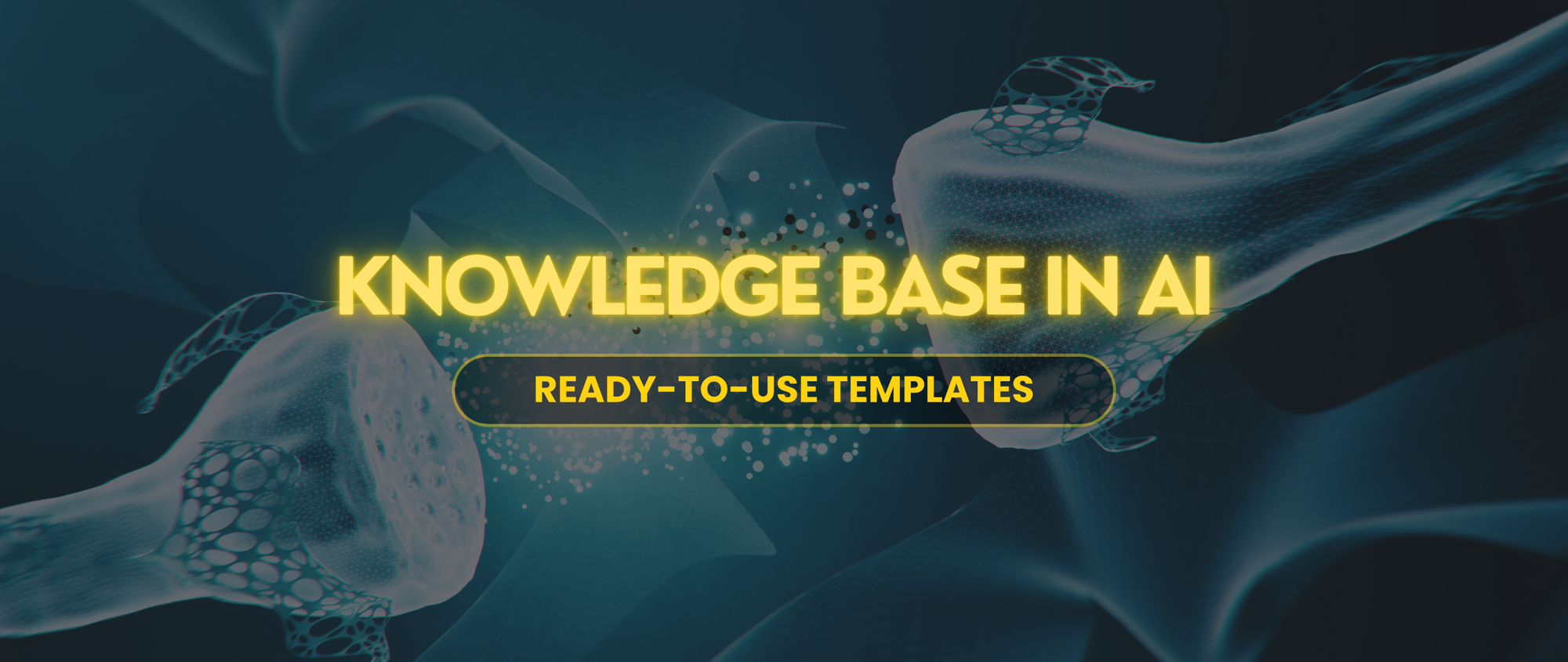


Discussion